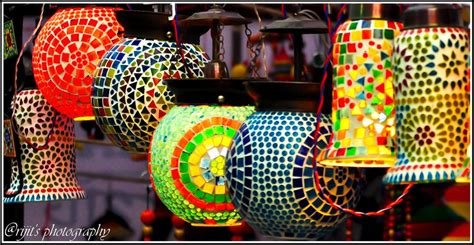Explore India’s rich cultural landscape, from its myriad ethnicities and traditions to its linguistic mosaic, delectable cuisines, religious unity, and vibrant arts.India, often heralded as the embodiment of diversity, is a kaleidoscope of cultures that never ceases to captivate the hearts and minds of travelers and scholars alike. This nation, with its profound tapestry of traditions, languages, and beliefs, offers an unparalleled experience of cultural richness. From the snow-capped peaks of the Himalayas in the north to the tropical greenery of the Kerala backwaters in the south, every region presents a different story, a distinct flavor of its inherent diversity. In this blog post, “The Fascinating Mosaic of Cultures in India: Exploring Diversity in Every Region,” we will embark on an enthralling journey through the flamboyant array of ethnicities, traditions, and artistic prowess that contribute to the dynamic and intricate cultural canvas of India. We invite you to savor the flavors, listen to the symphony of languages, witness the peaceful coexistence of faiths, and celebrate the boundless creativity that India has to offer.
Diverse Ethnicities: A Melting Pot of Cultures

When discussing the mosaic that is global culture, few tapestries are as vivid or as intricately woven as those created by diverse ethnicities coalescing in a single community. Within the simmering cauldron of societal interplay, each culture contributes its unique ingredients—traditions, customs, and values. This phenomenal integration shapes a rich, cohesive social environment, illustrating the profound depth and breadth of human experience sewn throughout the history of migration and settlement.
The concept of a melting pot describes a phenomenon where people hailing from multifarious backgrounds come together, blending into a unified cultural entity. Yet, this term only scratches the surface in depicting the symbiotic relationships formed between ethnicities. It is within the day-to-day interactions, be it in bustling marketplaces or tranquil neighborhood parks, where cultural confluence truly blossoms, allowing for an organic exchange of ideas, cuisines, and art forms—each interaction contributing to the collective narrative of human diversity.
Reflecting on the myriad ways in which diverse ethnic groups contribute to the cultural fabric, it becomes evident that such a variety enriches communities in ways that homogeneous societies seldom experience. Whether through festive celebrations that invite all to partake in the joyous ceremonies of another culture or through educational programs that endorse multicultural understanding, the impact of ethnic diversity often results in an increased capacity for empathy, innovation, and global awareness within a society.
Thus, when we peer into the crucible of cultural amalgamation, it appears not only as an aggregate of distinct ethnic contributions but also as a dynamic process of cultural evolution. Societies around the globe are finding themselves at a crossroads, where embracing the complex fusion of ethnicities could lead to an unprecedented era of shared cultural prosperity and unprecedented unity among people of varied ancestral backgrounds.
Regional Traditions: Celebrating Cultural Variations
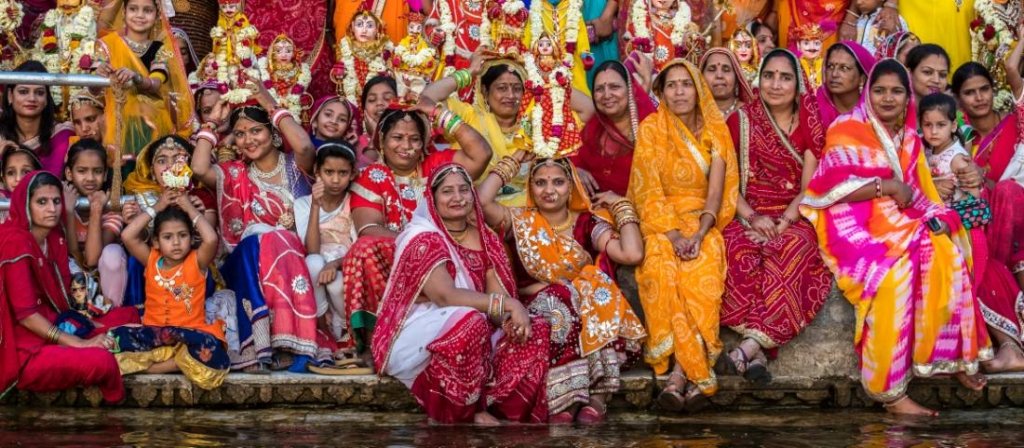
In the effervescent fabric of the world’s societies, regional traditions stand out as vibrant threads, each one adding a distinct hue and texture to the collective tapestry. From the flamboyant carnival of Rio to the solemn tea ceremonies of Japan, these cultural variations form a kaleidoscope of human expression that is as fascinating as it is varied. Each region’s customs and festivities embody the collective memory and values of its people, encapsulating the essence of their history and the spirit of their communal identity.
Consider the intricate dance forms that grace the Indian subcontinent, from the precise footwork of Kathak to the expressive gestures of Bharatanatyam; each dance is not just a performance but a storied tradition passed down through generations. Across the globe, cultural variations manifest in myriad ways, from the Siesta of Spain to the Midsummer celebrations in Scandinavia. These customs offer a unique window into the societies that nurture them, illuminating the diverse experiences and worldviews that permeate human cultures. They also provide a cornerstone for community identity, creating a sense of belonging and continuity amidst a fast-changing world.
Embracing the celebration of regional traditions imparts more than just entertainment; it provides a platform for mutual respect and understanding. In the joyful resonance of an African drum festival or the meditative silence of a Buddhist retreat, individuals from all walks of life have the opportunity to engage with and appreciate the nuanced complexities of different cultures. It is through this engagement that societies learn to navigate and cherish the rich mosaic of human existence, finding common ground in shared experiences and aspirations, while also respecting the beauty in our differences.
The consequence of acknowledging and celebrating cultural variations is profound—one that goes beyond mere cultural preservation. It builds bridges, fostering dialogue and collaboration in a world that is increasingly connected yet often divided. Regional traditions are not just relics of the past; they are living, breathing embodiments of our collective human heritage. By celebrating them, we not only honor the richness of our ancestors’ legacies but also sow the seeds for a more inclusive and understanding global community—a true celebration of humanity’s diversity and resilience.
Linguistic Diversity: Unraveling the Tapestry of Languages
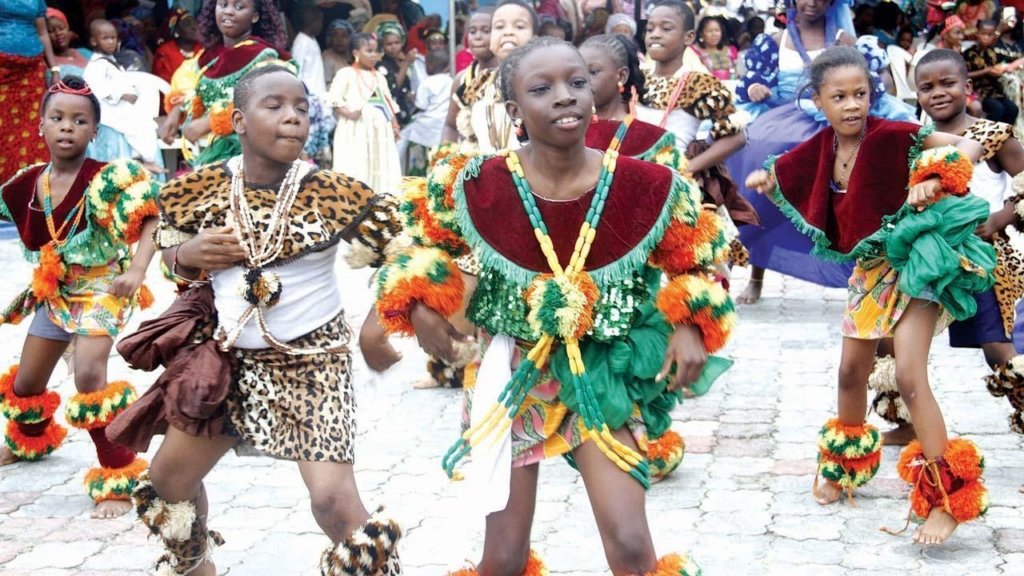
Within the intricate fabric of society is woven a rich linguistic diversity, an aspect that is vividly present in the multitude of languages spoken across the globe. Each dialect, each accent, and each language is an echo of ancient traditions and modern adaptations. To truly unravel the tapestry of languages is to understand the complexities of human communication, the subtle nuances that convey not just meaning but also cultural heritage and identity.
It is awe-inspiring how languages evolve over time, adopting new words and phrases, while simultaneously preserving core structures that have stood the test of centuries. The linguistic landscape of any nation is indicative of its migratory patterns, colonial history, and the convergence of civilizations. To study language is to embark on a journey through history and to recognize the countless voices that have contributed to the symphony of human discourse.
With each conversation, whether in the bustling markets of a metropolitan city or the quiet corners of a rural village, one encounters a myriad of expressions unique to each locale. Understanding the diversity of languages is akin to flipping through an endless lexicon of human experiences, where every entry resonates with the life of individuals and communities that have nurtured and transformed their vernacular to suit their evolving needs. Language is the vessel that carries the essence of culture, the stories of ancestors, and the seeds of future generations longing to express their own narratives.
Nevertheless, with great diversity comes the challenge of preservation and mutual comprehension. In our globalized world, the need for dialogue across the vast spectrum of languages is more pressing than ever. We must strive not only to safeguard linguistic heritage but also to ensure that our methods of communication are inclusive, enabling every voice to be heard and appreciated in the global conversation. In unraveling this tapestry, we weave our own threads, contributing to an ever-expanding mosaic of human expression.
Cuisine Galore: Savoring Flavors from Every Corner
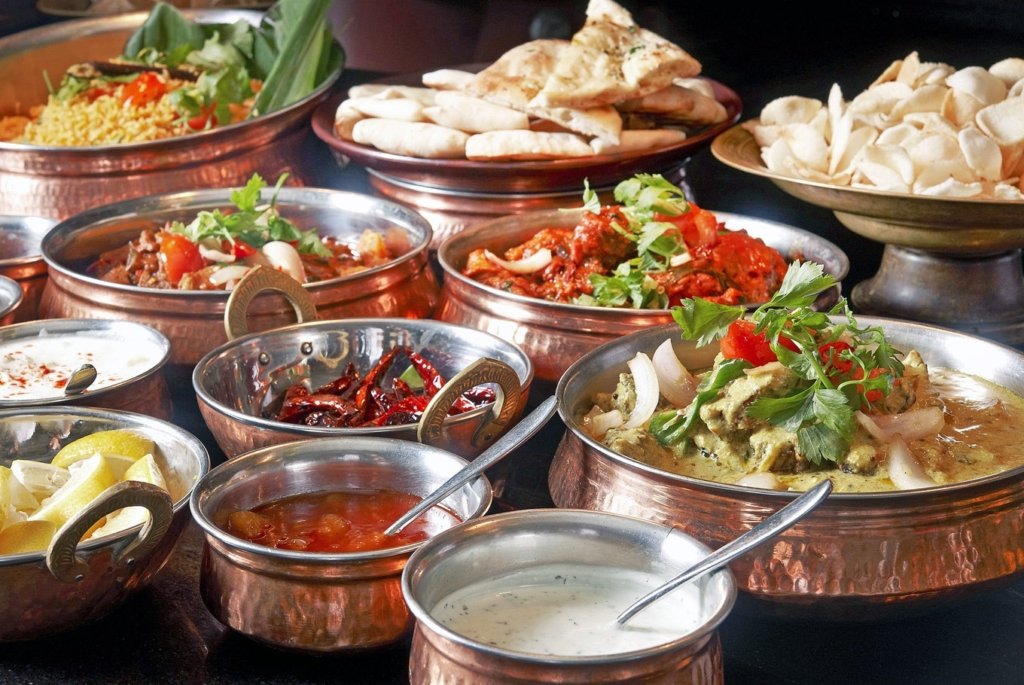
India’s vast landscape is not only a tapestry of diverse languages, religions, and ethnicities but also a culinary paradise that tells the tale of thousands of years of history, invasions, trade, and cultural amalgamation. From the rich, creamy gravies of the North to the tangy and spicy dishes of the South, each region offers a distinct flavor profile that is deeply rooted in the local climate, agricultural practices, and historical influences. The relentless pursuit of perfection in the balance of spices, the dedication to authenticity, and the regional pride that accompanies each dish is what makes Indian cuisine a true galore to explore and savor.
In the bustling streets of Kolkata, you can discover the subtle sweetness characterizing Bengali cuisine, where rice and fish curry reign supreme, perfected by the use of mustard oil and the famous five-spice mix known as ‘panch phoron’. Traversing to the arid landscapes of Rajasthan, one would encounter the hearty and robust flavors of dishes like ‘dal baati churma’, where the local scarcity of water has shaped their cuisine to utilize milk, buttermilk, and clarified butter (ghee) in innovative ways. The strong influence of royal kitchens has also left its mark, creating a legacy of rich culinary tradition that continues to awe both locals and visitors alike.
Coastal regions, on the other hand, offer a bounty of seafood that forms the backbone of their culinary identity. Kerala, known for its backwaters and coconut-laden landscapes, brings to the table a plethora of dishes that effortlessly blend spices with coconut and seafood, resulting in a cuisine that is both light yet palatably complex. The beloved ‘Kerala prawn curry’ is a symphony of flavors that celebrates the local produce and showcases the ingenious simplicity of coastal cooking. Similarly, the fiery cuisines of the Konkan belt and the distinctive sourness of Goan culinary practices speak to the historical influence of Portuguese colonization and their consequential fusion of flavors.
Drawing on different religious and cultural dietary customs also adds layers of variety to the Indian food mosaic. For instance, the global phenomenon of Indian vegetarianism has given rise to imaginative vegetarian and vegan delights that are rich in taste and nutritional value. Typical dishes such as ‘paneer tikka’, ‘chana masala’, and ‘rajma’ (kidney bean curry) are testament to the innovative and flavorful approaches to meatless cooking. Thus, it is apparent that the cuisine galore of India is an endless feast that invites all to partake in its vibrant flavors and rich history, providing a divine gastronomic experience that caters to every palate.
Religious Harmony: Coexistence of Faiths
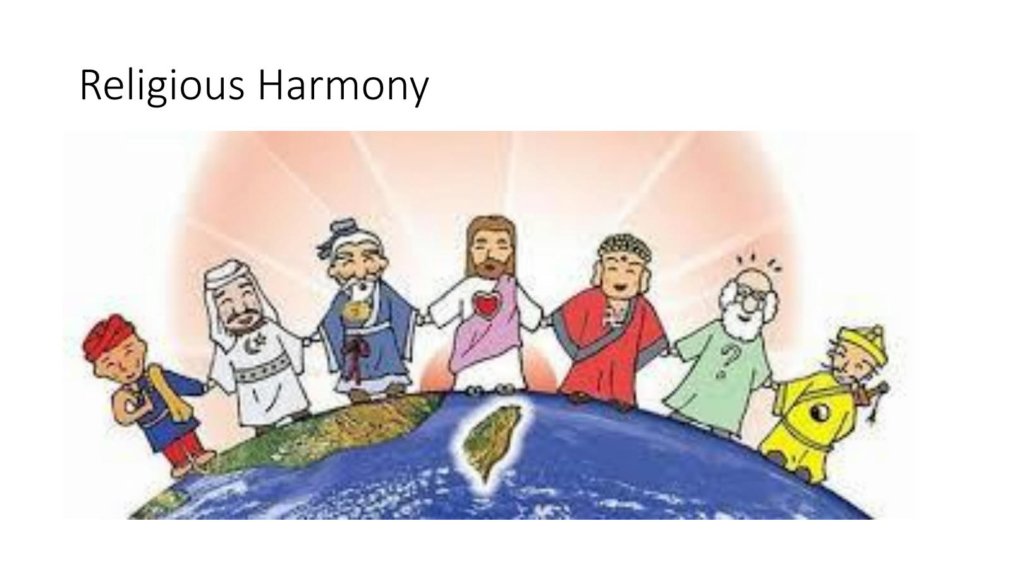
In the tapestry of Religious Harmony, the vibrant threads of various faiths weave together, creating a picture of peaceful coexistence. Each religion, with its profound teachings and spiritual practices, contributes to the rich mosaic that reflects the essence of mutual respect and understanding. Reverence for diverse religious beliefs is not just a concept but a lived reality, as temples, mosques, churches, gurdwaras, and other places of worship coexist in close proximity, often within the heartbeat of the same neighborhood.
The fragrance of this Coexistence of Faiths is not confined to the walls of worship places but diffuses into the everyday lives of people. Grand Iftar feasts during Ramadan, Christmas carols in December, the rhythmic chants of the Gita, and the resounding gong of the temple bells mark the celebration of different religious festivals throughout the year. These celebrations are not just limited to those who practice the specific religion but serve as open invitations to all, fostering a spirit of inclusivity and brotherhood.
Religious Harmony is also reflected in the philosophy and actions of great leaders and ordinary citizens alike, who advocate for interfaith dialogue and communal harmony. This commitment to peace is the cornerstone that supports the architecture of society, where the freedom to practice one’s own religion smoothly intersects with the appreciation for the religious practices of others. It establishes a dialogue built on the foundations of empathy and the shared values that underlie all great religions: compassion, kindness, and a quest for the truth.
As the Coexistence of Faiths perseveres, it fosters growth and learning, allowing individuals to delve deep into the spiritual wisdom of different religions. It encourages introspection and the exchange of ideas that nurture the collective conscience of humanity. Thus, the symphony of multiple faiths not only survives but thrives, echoing the possibility of a world where harmony prevails, and every voice in the chorus of spiritual beliefs is heard and honored.
Artistic Expressions: Showcasing India’s Creative Legacy

India’s tapestry of artistic expressions is a vibrant reflection of its millennia-old civilization, where each weave reveals a story of the land’s spiritual depth, diverse history, and cultural richness. From the intricate classical dances that echo the rhythms of nature and human emotions to the detailed storytelling through vivid murals and sculptures, Indian art in its myriad forms resonates with the soulful ethos of its creators. These creations offer a window into the collective conscience of a nation that has always valued art as an essential component of life.
The country’s architecture, a testament to the ingenuity and artistry of ancient craftsmen, stands as an immortal showcase of India’s creative legacy. The ethereal beauty of the Taj Mahal, the imposing forts that dot the Indian landscape, and the stepwells carved with an eye for both functionality and aesthetics, all speak volumes of a past where art was not an afterthought, but a fundamental expression of human creativity aimed to achieve a synergy between form and purpose.
Painting traditions such as the miniature paintings of Rajasthan and the Madhubani art of Bihar capture the eye with their intricate detail and usage of vibrant colors, encapsulating stories and cultural motifs unique to their regions. Meanwhile, the diverse handicrafts – be it Kashmir’s Pashmina, Punjab’s Phulkari, or the South’s Kanjeevaram silks – all use the language of threads and dyes to commemorate the local heritage, turning simple materials into canvases of cultural identity and pride.
In contemporary times, India’s artistic diaspora continues to evolve, integrating global influences with traditional aesthetics to create art that is both universal and uniquely Indian. The proliferation of festivals, galleries, and digital platforms has made Indian art more accessible, allowing the legacy of its artistic expressions to engage with and inspire a new generation. These modern renditions of art uphold the timeless ethos that have defined India’s artistic journey – making it a muse and a beacon for art lovers around the world.
Frequently Asked Questions
What makes India a ‘Mosaic of Cultures’?
India is often referred to as a ‘Mosaic of Cultures’ due to its remarkable diversity across ethnicities, traditions, languages, cuisines, religions, and arts, which together create a rich and complex tapestry of cultural experiences unique to each region.
Can you describe how the diverse ethnicities contribute to India’s culture?
India’s diverse ethnicities enrich its culture by bringing a variety of customs, celebrations, dress, music, and social norms. Each ethnic group in India adds its unique heritage to the cultural mix, making the country a melting pot of traditions and practices.
How do regional traditions in India reflect cultural variations?
Regional traditions in India reflect cultural variations in the form of local festivals, dances, folk music, and rituals that are celebrated differently from one region to another. These variations not only highlight the uniqueness of each area but also contribute to India’s overall diversity.
What role does linguistic diversity play in India’s cultural landscape?
Linguistic diversity is a key aspect of India’s cultural landscape with over 19,500 languages or dialects spoken across the country. This variety in languages weaves a complex tapestry that contributes to communication, literature, and daily life, showcasing India’s rich linguistic heritage.
How does India’s cuisine reflect its cultural plurality?
India’s cuisine reflects its cultural plurality through an extensive array of dishes and cooking techniques that vary by region. From spicy curries and tandoori meats in the North to coconut-infused flavors and seafood in the South, each state offers distinctive tastes that embody local ingredients and traditions.
What does religious harmony look like in India?
Religious harmony in India is manifest in the peaceful coexistence of multiple faiths, including Hinduism, Islam, Christianity, Sikhism, Buddhism, and others. People of different religions share communities, celebrate each other’s festivals, and respect the diverse beliefs and places of worship.
In what ways do artistic expressions showcase India’s creative legacy?
Artistic expressions in India, ranging from classical music and dance to traditional painting and sculpture, showcase the country’s creative legacy. Each region has its own set of artistic forms that have been passed down through generations, reflecting India’s rich history and cultural evolution.
